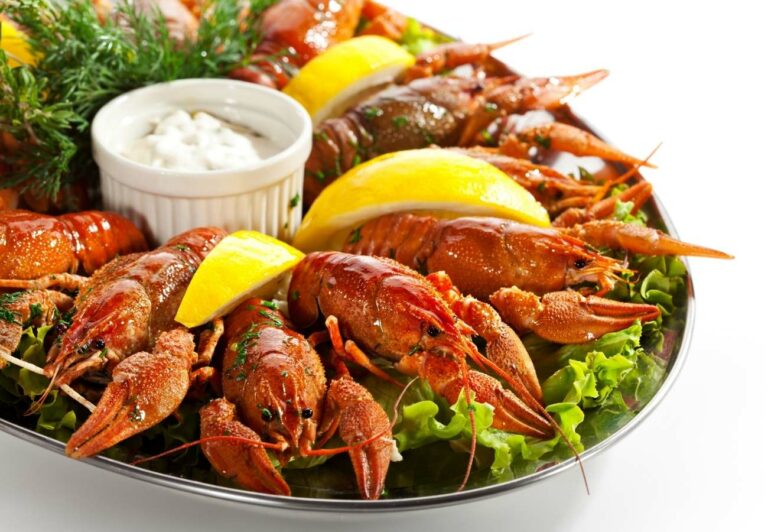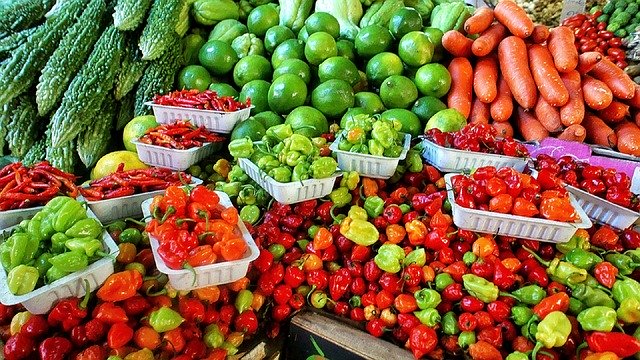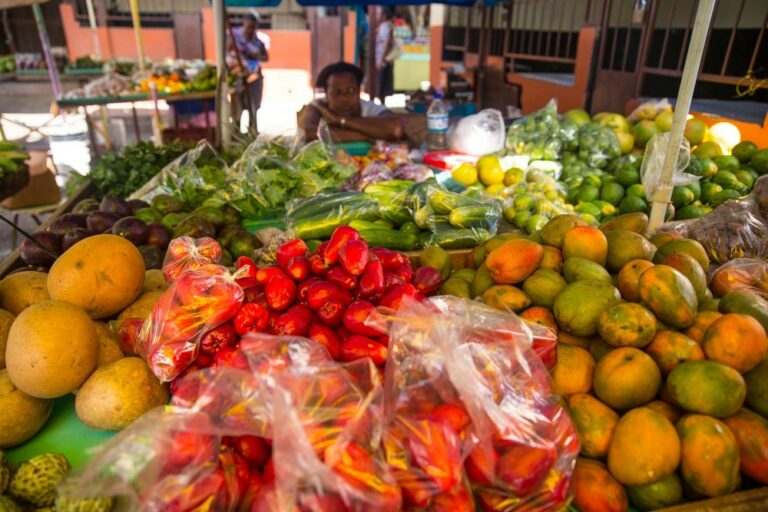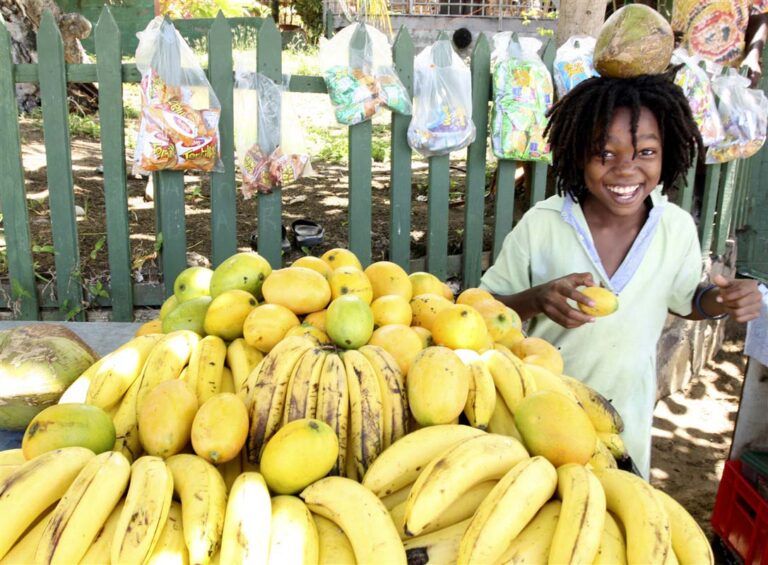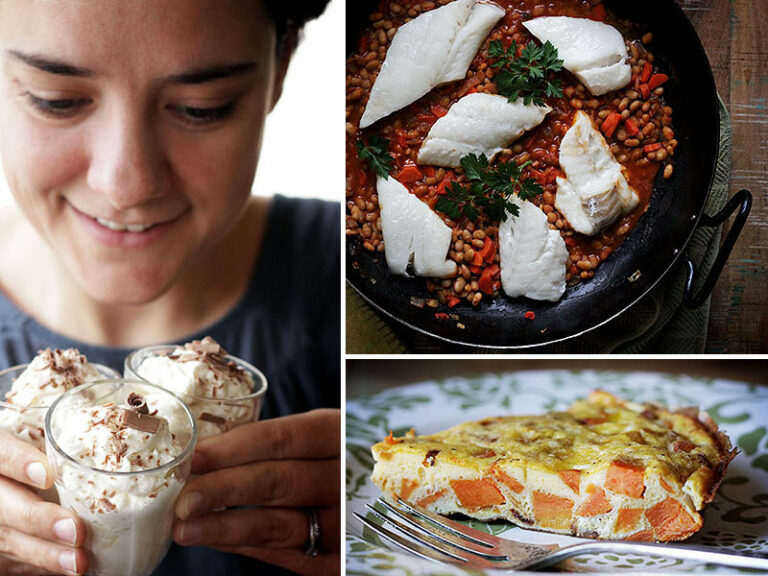Introduction: Montenegrin cuisine and local ingredients
Montenegro is a small country located in the Balkans, surrounded by mountains and the Adriatic Sea, which greatly influence its cuisine. Montenegrin cuisine is known for its use of local ingredients, including fresh herbs, vegetables, and meats. Montenegro also has a rich tradition of sweets and desserts, often made with ingredients that are unique to the region.
Kolašin cake: a traditional Montenegrin dessert
One of the most famous Montenegrin desserts is Kolašin cake. This cake is named after the town of Kolašin, located in the northern region of Montenegro. Kolašin cake is made with local ingredients such as walnuts, honey, and homemade cheese. The cake is moist and has a rich flavor, perfect for a special occasion or as an afternoon treat.
Priganice: a popular fried dough pastry
Priganice is a popular dessert in Montenegro that is often served with honey or jam. This fried dough pastry is made with flour, yeast, and milk, and is deep-fried until crispy and golden. Priganice is a simple yet delicious dessert that can be found in many cafes and bakeries throughout Montenegro.
Baklava: a Turkish influence on Montenegrin sweets
Baklava is a sweet pastry that is popular throughout the Balkans, including Montenegro. This pastry is made with layers of phyllo dough, nuts, and syrup. Baklava was brought to Montenegro by the Ottoman Empire and has since become a staple in Montenegrin cuisine.
Kajmak: a creamy dairy product used in Montenegrin desserts
Kajmak is a creamy dairy product that is often used in Montenegrin desserts. It is similar to clotted cream and is made from simmering milk for several hours until the cream rises to the top. Kajmak is used in many traditional Montenegrin desserts, including Kolašin cake.
Conclusion: Montenegrin desserts showcase local flavors
Montenegrin desserts are a reflection of the country’s rich culinary tradition and the use of local ingredients. From Kolašin cake to priganice, Montenegrin desserts are delicious treats that showcase the unique flavors of the region. Next time you visit Montenegro, be sure to try one of their traditional desserts and experience the local flavors for yourself.



